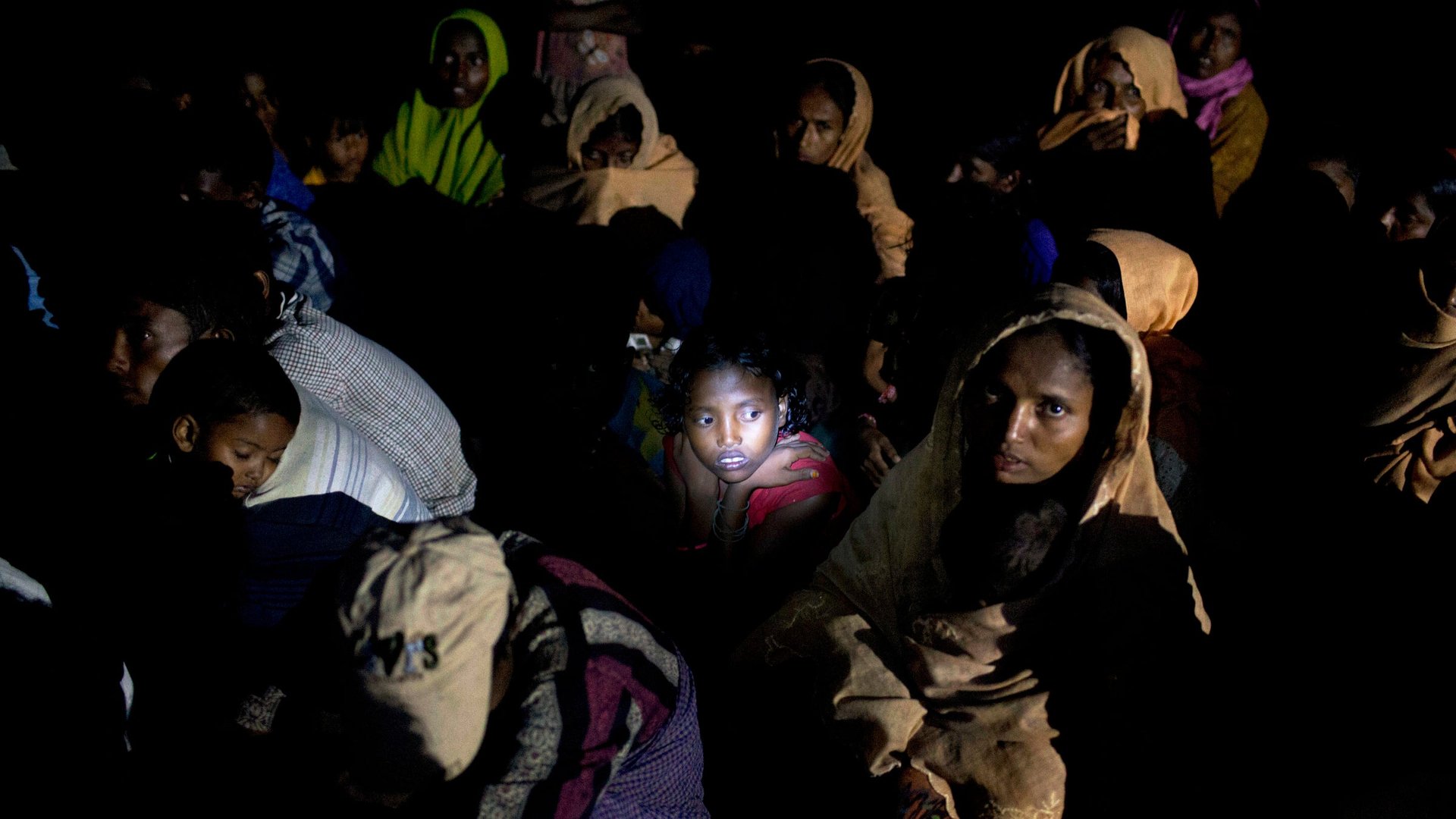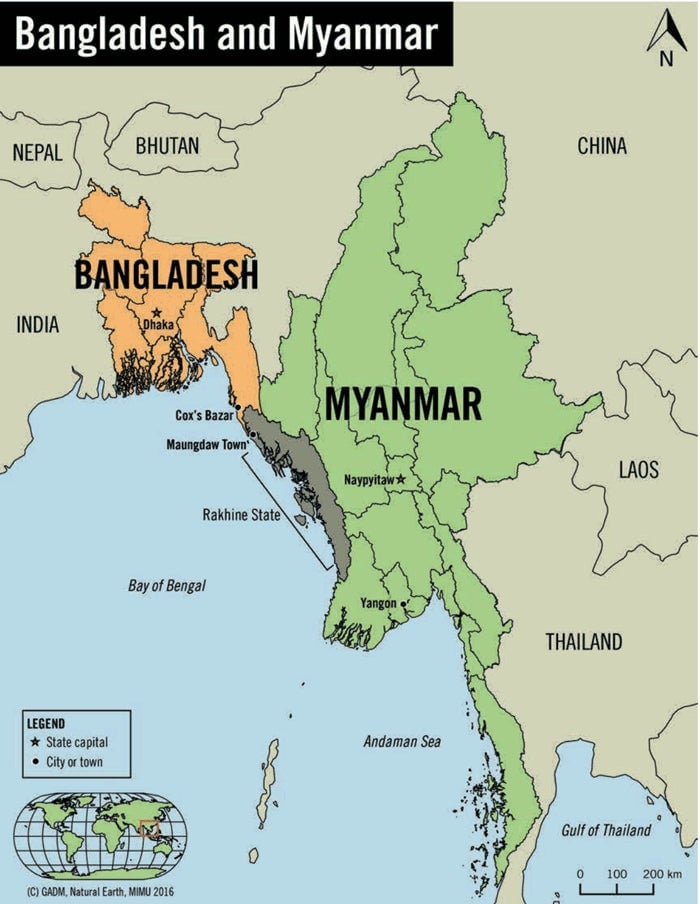The ethnic cleansing of the Rohingya is visible from space
In just months, more than 600,000 members of Myanmar’s ethnic Muslim minority, the Rohingya, have fled persecution into neighboring Bangladesh. When that many people move on earth, you can see it from space.


In just months, more than 600,000 members of Myanmar’s ethnic Muslim minority, the Rohingya, have fled persecution into neighboring Bangladesh. When that many people move on earth, you can see it from space.
The imagery below comes from Planet, a satellite imaging company that photographs the entire landmass of earth daily. It shows Kutupalong refugee camp, spreading over an area a little larger than ten square miles. The left side of the photo is Bangladesh; the right side, Myanmar.
In the space of a few weeks between Sept. 21 and Nov. 10, you can see the “massive expansion of the camp over a short amount of time,” Micah Farfour, who analyzes imagery like this for Amnesty International, said in an email. “You can see there were once trees/vegetation where there are now structures (lighter colors).”
Farfour says that the rapid growth of the camp confirms a large exodus from Myanmar, and suggests, “the situation in Myanmar for the people fleeing is likely desperate and widespread to cause so many people to leave so quickly.” It also suggests that migrants are getting through despite reports that the Bangladesh government tried to halt the mass movement.
Amnesty International has sent teams of researchers to Bangladesh to interview the refugees, documenting a government-led crack down on the Rohingya that began during the summer. Soldiers, accompanied by citizen militias, have burned Rohnigya towns, shot refugees as they fled and raped Rohingya women. The United Nations top human rights’ official has called it ““a textbook example of ethnic cleansing.”

One challenge for the UN and human rights organizations has been getting access to Rakhine state, the Myanmar province where the Rohingya made their home. That has made satellite imagery an increasingly important tool for human rights monitors. Amnesty has used satellite imagery to track burnt villages in Myanmar.
“Many times, I am able to work with researchers that receive reports from the ground from locals and then I can attempt to confirm or deny things with satellite imagery,” Farfour writes, noting that Planet’s frequent imaging of the same areas is critical because “I am looking at areas of the world that the higher resolution satellites rarely document until it may be too late.”
On Nov. 10, UN Secretary General Antonio Guterres called on Myanmar to allow the Rohingya to return to their homes and allow UN inspectors access to Rakhine state. “What has happened is an immense tragedy and the levels of violence and the atrocities committed are something that we cannot be silent about,” he said.